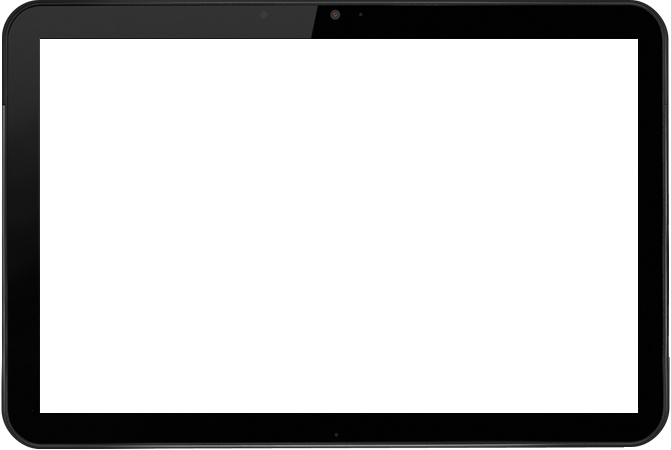Full screen
Share




The /ʒ/ sound
marleneboneo4
Created on May 4, 2020
The /ʒ/ sound
Over 30 million people create interactive content in Genially
Check out what others have designed:
HOW-TO GUIDE TO OPINION ESSAY
Personalized
FLYER HALLOWEEN
Personalized
KEY WOMEN IN SCIENCE
Personalized
AQUAPONICS
Personalized
HUMAN RIGHTS INFOGRAPHIC
Personalized
THE EVOLUTION OF THE THERMOMETER INFOGRAPHIC
Personalized
DAILY SPECIALS VERTICAL MENU
Personalized
Transcript
Designed by: Marlene Villegas
Treasure
Practice 1. Tonguetwisters 2. Sentences to practice 3. Recomendation.
Television
Minimal pairs
Common Problems for non-native speakers
Conlcusion /kənˈkluːʒn/Television /ˈtelɪvɪʒn/ Casual /ˈkæʒuəl/ Visual /ˈvɪʒuəl/ Measure /ˈmeʒər/ Vision /ˈvɪʒn/ Treasure /ˈtreʒər/
Clic here to watch a video.
To produce the sound Clench your teeth together lightly and pull your tongue away from them. Then push air though them, whilst voicing out.
How to Pronounce it.
The ʒ sound is from the ‘Consonants Pairs’ group and it is called the ‘Voiced palato-alveolar sibilant’. This means that you create friction through clenched teeth by directing air flow through a narrow channel formed along the middle of the tongue
Explination
The /ʒ/ sound (shj Sound)
References
/ʒ/ vs /ʃ/ equation location exposure kosher measure pressure vision mission
Many teachers don't teach the phoneme /ʒ/ explicitly in the belief that students will imitate the teacher. However most Spanish speakers can't hear the difference between /ʒ/ and /ʃ/ and they are not aware that vision /ˈvɪʒən/ and mission /ˈmɪʃən/ don't rhyme.
